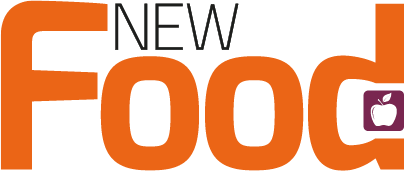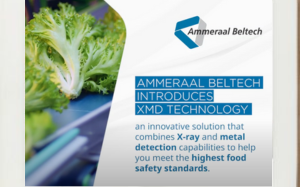New AI pest monitoring system targets costly food contamination risks
- Like
- Digg
- Del
- Tumblr
- VKontakte
- Buffer
- Love This
- Odnoklassniki
- Meneame
- Blogger
- Amazon
- Yahoo Mail
- Gmail
- AOL
- Newsvine
- HackerNews
- Evernote
- MySpace
- Mail.ru
- Viadeo
- Line
- Comments
- Yummly
- SMS
- Viber
- Telegram
- Subscribe
- Skype
- Facebook Messenger
- Kakao
- LiveJournal
- Yammer
- Edgar
- Fintel
- Mix
- Instapaper
- Copy Link
Posted: 17 February 2025 | Ben Cornwell | No comments yet
BrightAI rolls out an AI-powered pest monitoring system to prevent costly contamination risks and safeguard supply chains.


A single fly in your manufacturing facility or supply chain can trigger a costly shutdown, damaging both your finances and brand reputation. However, the risk of such costly infestations could soon be mitigated.
BrightAI, in partnership with pest control leader Pelsis Group, is rolling out new technology designed to prevent infestations before they even begin. This AI-powered system, which has already shown success in a pilot programme, aims to protect manufacturers from the high costs associated with pest-related disruptions.
After an initial launch within the popular Cobra LED light traps, the next generation of the Pelsis Digital system will now be integrated into the company’s Halo and Flytrap lines. These products are already widely used across food and beverage production facilities and pharmaceutical plants in the UK, US and Europe, but now come equipped with cameras and sensors powered by BrightAI’s Stateful OS technology.
This development comes as food safety professionals increasingly seek proactive, data-driven solutions to manage pest risk, particularly in light of an ageing workforce and mounting regulatory pressure. The British Pest Control Association estimates that up to 40 percent of technicians could retire within a decade, raising concerns about industry capacity.
Safeguarding supply chains
Traditional pest control methods often rely on manual inspections of insect traps, requiring technicians to physically check glue boards, a process that can be time-consuming, disruptive and occasionally hazardous. Missed inspections or delays can result in undetected infestations, with potential repercussions ranging from production halts to contamination incidents and reputational damage.
“Pest control in food and pharma is about more than managing nuisances — it’s about safeguarding supply chains and protecting public health,” said Alex Hawkinson, Founder and CEO of BrightAI.
He added, “The stakes are incredibly high in these industries, where a few pests can trigger disastrous consequences. This expansion will put our AI-powered light trap product in more factories, enabling more businesses to take a proactive stance. Together with Pelsis, we’re arming companies with the tools to outsmart pest control challenges.”
Three-step process
The system follows a three-step process: monitoring, diagnosing, and acting. Cameras and sensors provide 24/7 surveillance, alerting operators when pests are detected. AI models then analyse the images to identify species and assess infestation trends, enabling tailored treatment plans. Technicians are directed to specific hotspots through a mobile app, ensuring swift intervention to prevent outbreaks and reduce pesticide usage.
A centralised web portal collates all the data, offering multi-site operators a real-time overview of pest activity across global facilities. “Customers are seeing the immediate value in reducing operational risks and preventing costly downtime,” said Claire Larcombe, Global Portfolio Director at Pelsis. “This technology doesn’t just solve problems — it stops them before they start, and we’re eager to see how it continues to elevate safety and efficiency in these critical industries.”
The latest Pelsis Digital Halo model features a high-definition colour camera for sharper image capture, making it easier to identify pest species. Combined with energy-efficient LED technology, the system also delivers operational savings, reducing energy consumption by up to 69 percent.
Following positive feedback from food manufacturers, Pelsis plans to expand the availability of its digital pest control solutions into new markets, including the Nordics, the Middle East, and Asia.
Related topics
Contaminants, Equipment, Food Safety, Hygiene, Robotics & automation, Supply chain, Technology & Innovation








